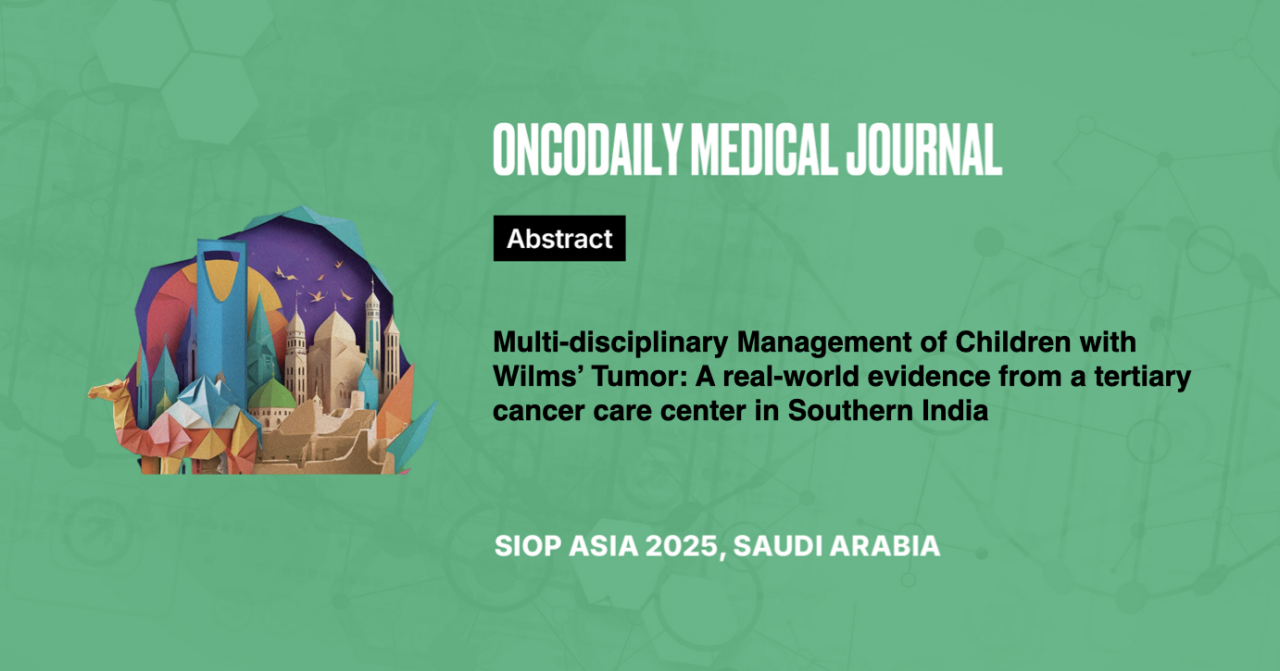Multi-disciplinary Management of Children with Wilms’ Tumor: A real-world evidence from a tertiary cancer care center in Southern India
Abstract
Introduction: Wilms’ tumor is one of the most common pediatric renal malignancies. Although overall survival has improved above 90% in high-income countries (HICs), significant challenges remain in resource-limited settings. This study aims to evaluate the demographic profile, clinical features, treatment, and survival outcomes of children with Wilms tumor managed in our unit.
Methodology: We retrospectively analysed patients diagnosed as Wilms tumor between January 2000 and December 2022 at the Pediatric Oncology Unit of Cancer Institute (WIA), Chennai, India.
Results: Sixty-eight children were diagnosed with Wilms tumor at our center during the study period. The median age at diagnosis was 2 years (Range: 9mon – 13 years). There was a slight male predominance (M:F=1.26:1). Among our study cohort, 19 (28%) children underwent upfront nephrectomy while the remaining 49 (72%) children received pre-operative chemotherapy. The stage distribution was as follows: Stage I – 23 (34%); Stage II – 17 (25%); Stage III – 12 (17%); Stage 4 – 10 (15%); Stage 5 – 4 (6%); Unknown – 2 (3%). With a median follow-up of 65 months, the 5-year EFS and OS for the entire cohort was 64% (95% CI: 51% – 75%) and 79% (95% CI: 65%-87%) respectively.
The 5-year EFS for patients with stage 1 disease was 84% (95% CI: 58%-95%); stage 2: 58% (95% CI: 31%-77%); stage 3: 73% (95% CI: 39%-90%); stage 4: 50% (95% CI: 18%-75%) and stage 5: 25% (95% CI: 9%-66%). The 5-year OS for patients with stage 1 disease was 95% (95% CI: 75%-99%); stage 2: 61% (95% CI: 29%-82%); stage 3: 90% (95% CI: 49%-98%); stage 4: 58% (95% CI: 23%-81%) and stage 5: 66% (51%-94%).
Conclusion: Multidisciplinary care for children with Wilms tumor is feasible in resource-limited settings. The survival outcomes of children with Wilms tumor remain lower compared to HICs.





